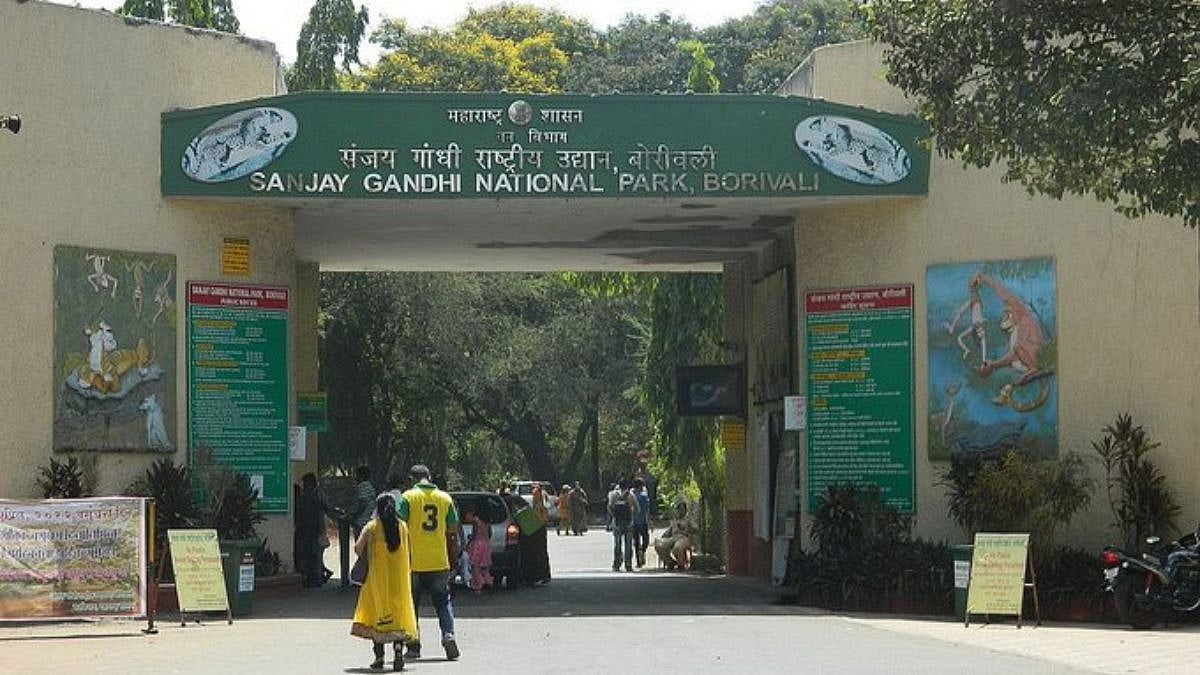The Congress has always accused the Aam Aadmi Party (AAP) of being the ‘B-team of the BJP’. This is mainly because of the AAP’s recent strategy of entering elections in those states where the Congress is in direct competition with the BJP. Politically, there is nothing wrong if the AAP tries to occupy electoral space for itself or exploits a gap wherever the Congress is perceived to be a weak force.
But at another level, the AAP is turning out to be more like the BJP, with its divisive agenda of hyper-nationalism and excessive focus on religious identity. In fact, in its attempt to expand its base beyond Delhi, the AAP is plagiarising from the BJP’s Hindutva handbook, which is in direct contrast to its initial foray into electoral politics based on an anti-corruption platform.
Recent moves
The AAP’s turn to the ideological right can be seen in a number of moves or actions that the Delhi-based party and its chief Arvind Kejriwal have been associated with lately, which make the contours of what Kejriwal or his party stand for quite visible. Recently, Kejriwal and his cabinet colleagues celebrated Diwali with a grand puja at Delhi’s Thyagaraj Stadium.
The ceremony featured a pandal that was a replica of the Ram temple being built in Ayodhya. For several days leading up to Diwali, the Delhi chief minister featured in an advertisement on news channels informing Delhi’s residents that the puja would be telecast live and inviting them to join in from their homes.
The Diwali puja was preceded by the Delhi government including Ayodhya in a list of pilgrim spots that would now be covered under the government’s free pilgrimage scheme for the elderly. The announcement of the free pilgrimage plan to Ayodhya came soon after Kejriwal’s own visit to the temple town in October, during which he offered prayers at the temple site and vowed to bring in more pilgrims to the place of worship.
As the party gets ready to make a mark electorally outside Delhi, particularly in the BJP turf of Uttar Pradesh, Gujarat, Uttarakhand and Goa, AAP’s nationalistic pitch has become more aggressive and the religious overtones of its outreach programmes are quite obvious.
High-decibel campaign
The party has already made high-decibel moves in UP and formally launched its campaign for next year’s state assembly elections by carrying out a ‘Tiranga Sankalp Yatra’ in Ayodhya in September. The choice of venue carries lot of political symbolism on account of Ram temple, which has so far been the mainstay of BJP’s Hindutva politics. Senior AAP leader Manish Sisodia was also quoted as saying that “Ram Rajya was the best form of governance” and that his party would establish ‘Ram Rajya’ in UP if voted to power.
Earlier, the AAP had declared Armyman Ajay Kothiyal as the party’s chief ministerial candidate for the upcoming elections in Uttarakhand, where Kejriwal had taken out a ‘Devbhoomi Sankalp Yatra’ and also declared that Uttarakhand under the AAP rule will become the spiritual capital of Hindus from across the world.
‘Deshbhakti’ curriculum
he newbie party had also made clear its intentions about responding to the BJP’s politics of Hindutva and hyper-nationalism in the same coin through various moves in recent months, such as the introduction of the ‘Deshbhakti’ curriculum in Delhi’s government schools or the decision to instal 500 gigantic tricolours all over the national capital. All these moves are said to be aimed at making it obvious to voters that nationalism and taking part in religious events is not the sole prerogative of the BJP so that the saffron party does not exploit both to its advantage against others in elections.
These also could be the result of the AAP’s learning from the 2020 Delhi assembly elections when the BJP tried its best to corner it on the issue of nationalism and Hindutva. But at that time, the AAP had very cleverly avoided the question on the CAA-NRC and the religious tangle and instead, focused on issues of governance. Kejriwal also silenced his critics by reciting the Hanuman Chalisa at an election event and proclaimed that he was a Hanuman devotee.
However, Kejriwal did come under criticism over his silence with regard to who was responsible for the communal riots in north-east Delhi. His silence was perceived as the AAP’s attempt to become a softer version of the BJP.
Far cry from 2014
A year ago, the signs of the AAP turning right with regard to its ideology were quite apparent; now it seems to have taken a distinct right turn with its thrust on nationalism and through moves that could be described as unabashedly pandering to the religious sentiments of the majority community.
The party’s recent devotion to Ram and its emphasis on religious symbolism is in sharp contrast to its ideological position in 2014 – while addressing a rally in Kanpur in 2014, Kejriwal had reportedly said that his “Ram can’t reside in a temple built on the debris of a mosque”. In 2018, Manish Sisodia had reportedly called for the construction of a university at the then disputed site in Ayodhya.
The AAP has always been a mainstream centrist party, rallying against all established parties on behalf of the common man. Before 2019, the AAP was known as a vocal anti-BJP party, with Kejriwal regularly feuding with the Central government. But things changed after the 2019 Lok Sabha polls. Now, its audacious attempt to wrest a part of the political ownership of the Ram temple and overtly Hindutva politics from the BJP is said to be not just defensive Hindu symbolism, but a carefully-thought-out plan of Kejriwal’s broader push of re-orienting his party’s ideology.
The writer is an independent Mumbai-based senior journalist









